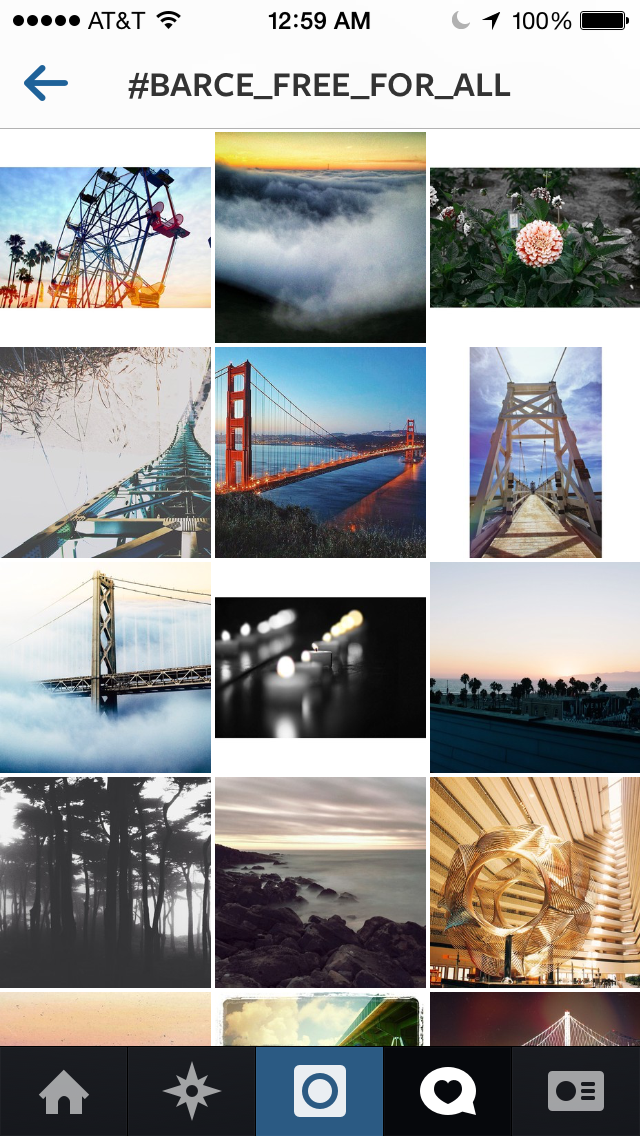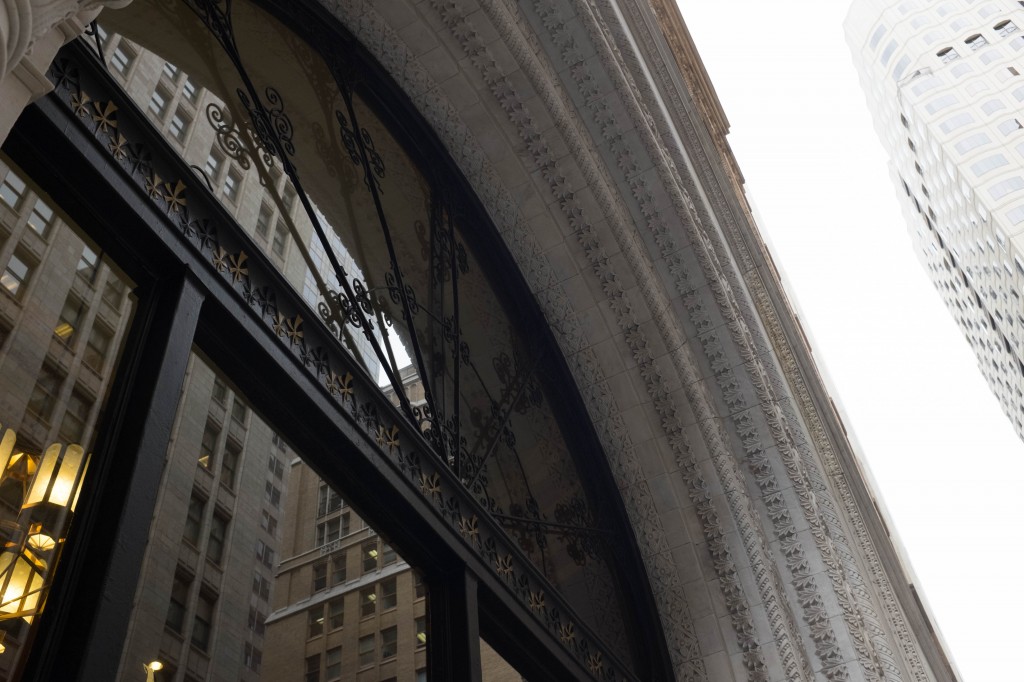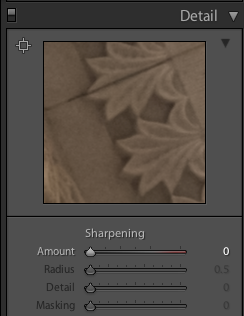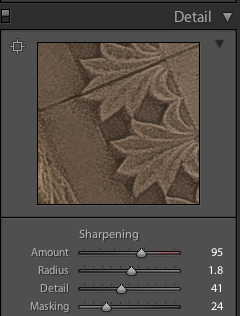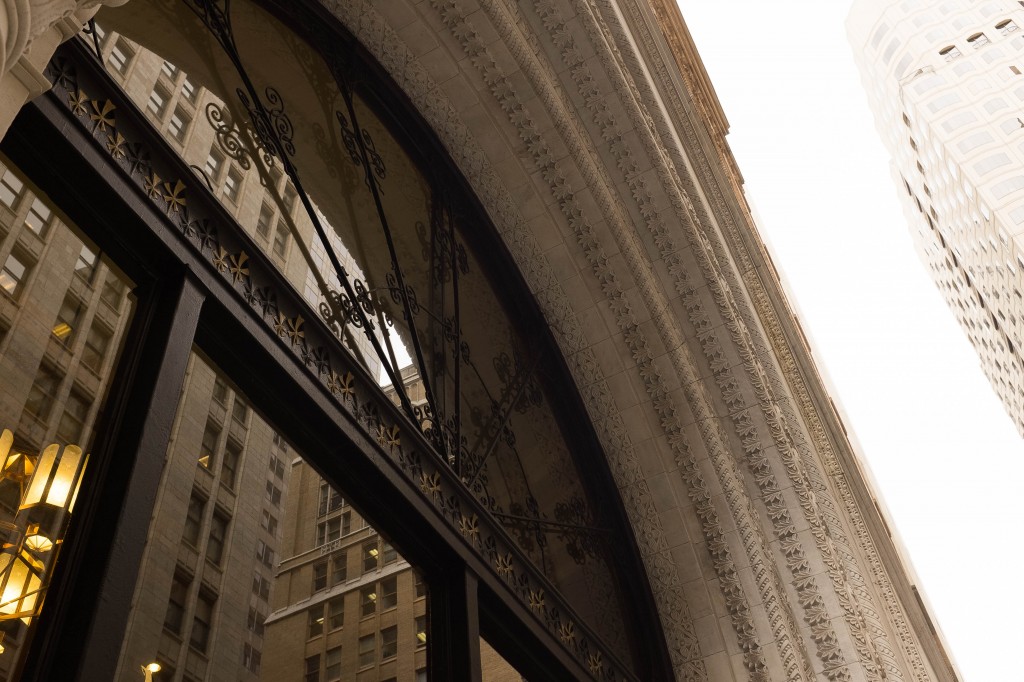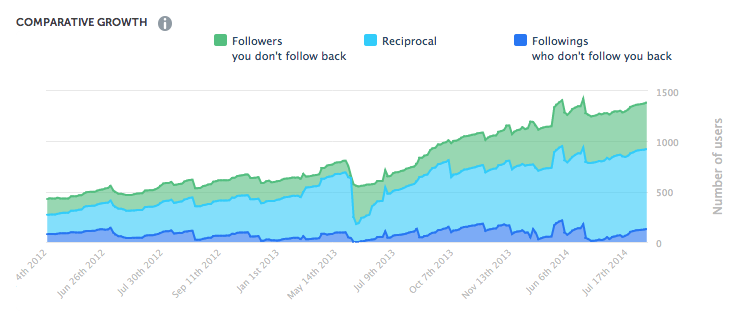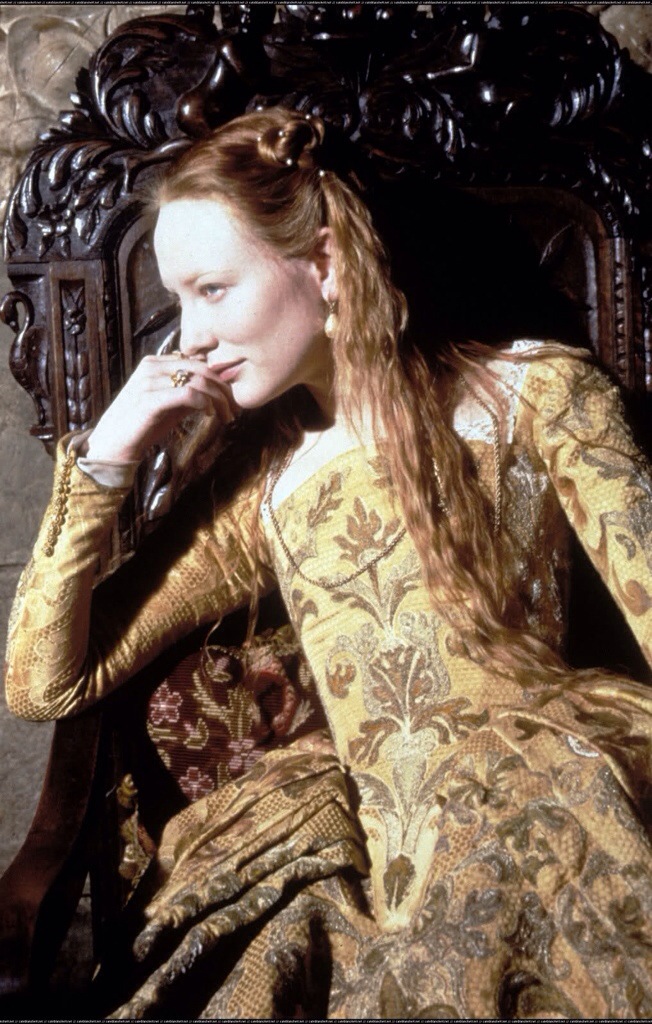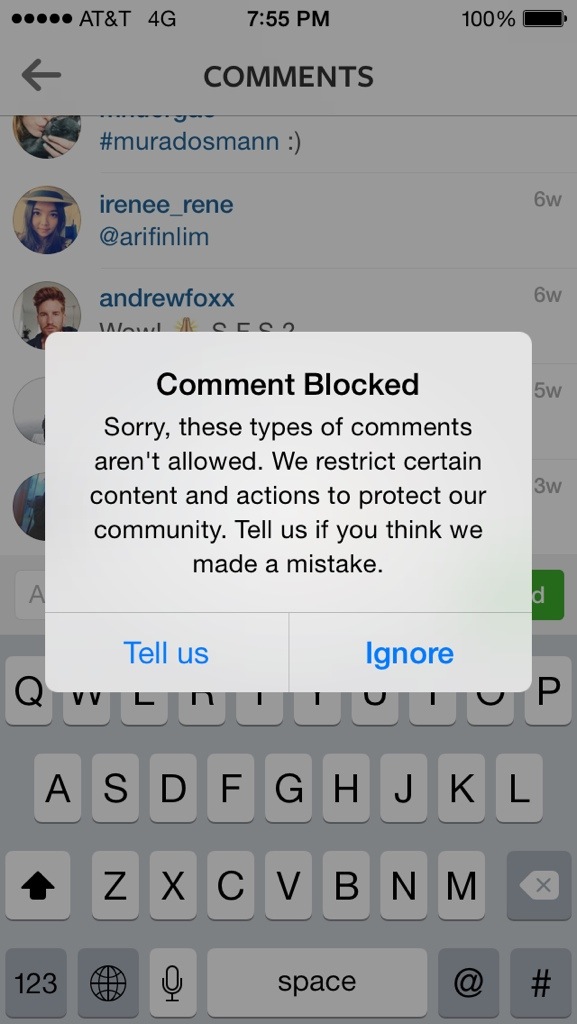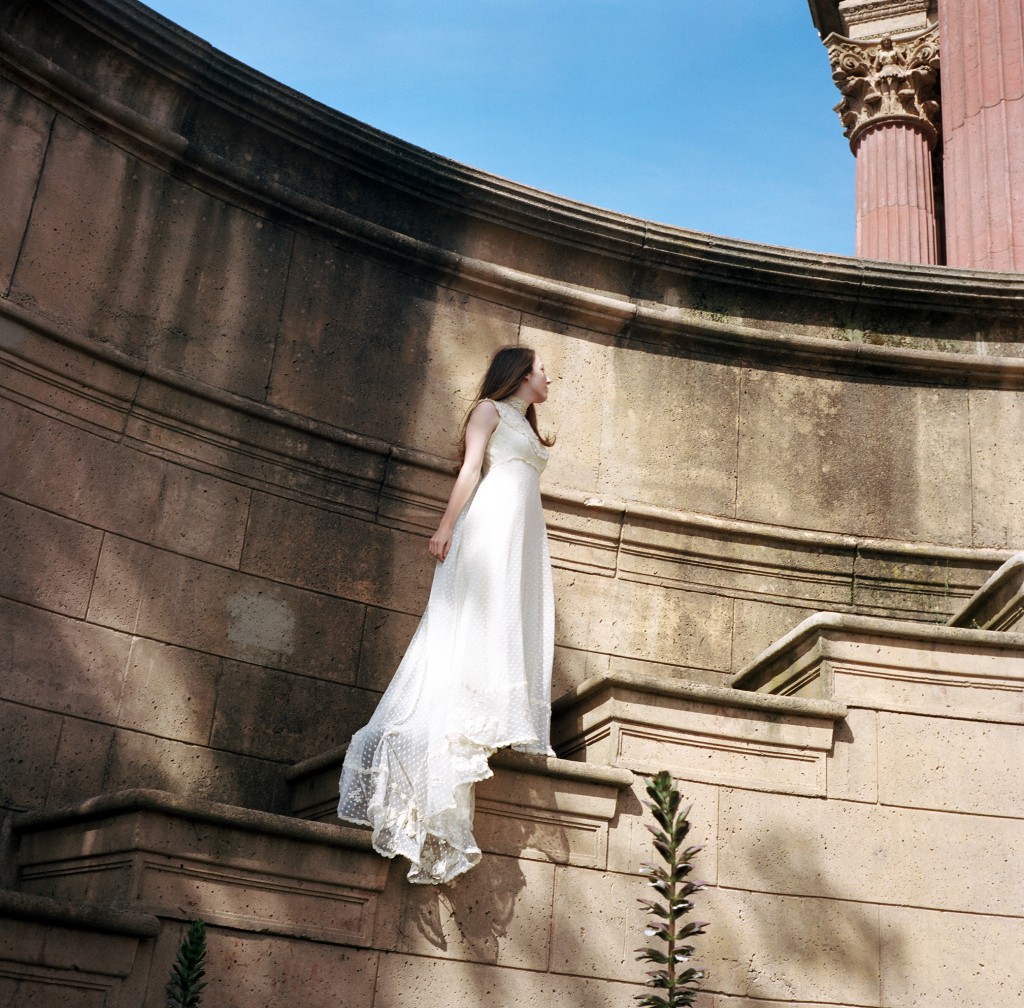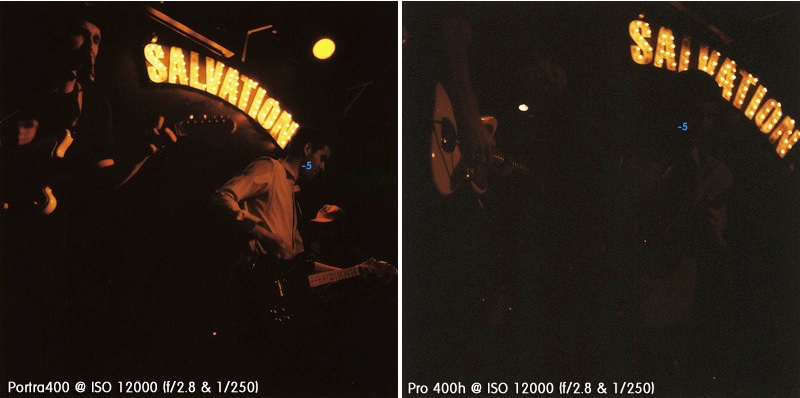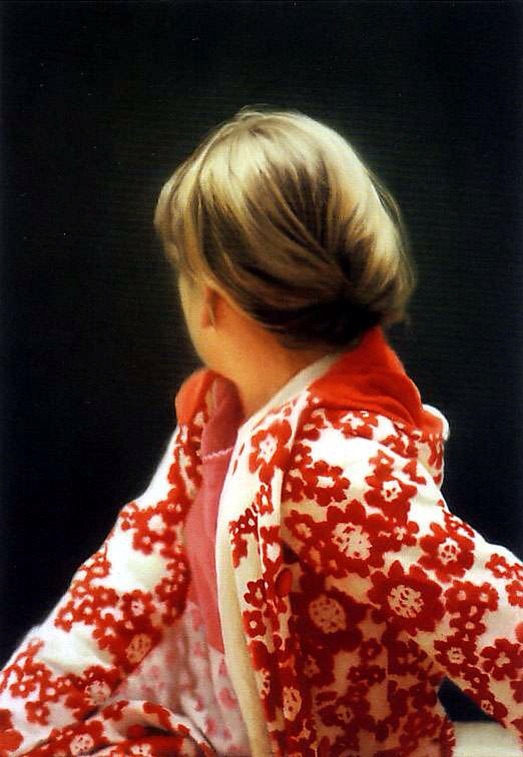I lost at Instagram in all the ways possible when you think of social media.
Let me first say that I had real friends before the Internet and before cell phones. We hung out almost *everyday*. To me that was / is real friendship. When did having a light capturing device become a pre-requisite for friendship? It is now. You also need to have a cell phone to have friends in the 21st century. Doesn’t this strike anybody as totally wrong? Am I the only one?
When Instagram first launched, I thought it was the best thing ever. It was the app that Flickr should’ve made. It boggles me that you can have 5000 people at a company doing nothing. Facebook is like that now and Instagram is headed there, too. When I heard Kevin Systrom and Josh Riedel were headed to a bar in downtown LA to meet LA users, I jumped at that chance. I remember talking to them about startups and the potential for a big startup in LA. I told them I was the lead developer at an app company. There were two ladies that they were more interested in talking to so I don’t blame them. This is how I first lost. I knew the potential of the app, and I failed to connect in anyway meaningful with these innovators.
A few months later, I had a chance to apply at Instagram and be employee number 7 or 8. Some douchebag recruiter from Twitter who was now working at Instagram never gave me a chance. This pissed me off to no end. I ended up working on an app called Via.Me. It ended up being the number 2 uploading app, so I definitely had the chops to do the work there. This is the second way I lost at Instagram.
The biggest and most painful way I lost at Instagram is like the 50 or so actors and actresses that never got an Oscar but should have. Yes, Gary Oldman, I’m looking at you. You totally deserved one in so many films. I never became a suggested user, and never will. When I found out that it was a word of mouth thing where suggested users could suggest other users, I thought I had a chance. In fact 3 friends asked that I be suggested, but this never panned out. I’M SO FUCKING SORRY I NEVER WENT TO STANFORD YOU DOUCHEBAGS THAT MANAGE “COMMUNITY.” I remember the first time I met Sam Graves. I gave him a ride to a meet up in Tennessee Valley. A photographer I knew was talking about needing a second for a photo shoot while I was walking with her. The moment Sam heard this he literally pushed me out of the way so that he could try and take this job from me. Sam Graves is the biggest douche bag ever and is destroying photography. He makes photographers think that if you do social media well, that is doing photography. He has turned Instagram into a Hollywood club populated by sycophants and whores. He also buys followers, too.
Yet, this guy, a total douchebag, beat me, and became a suggested loser. I played it on the straight and narrow and utterly failed to touch the heart of anybody at Instagram with my personality or art.
Where do I go from here? I can only continue to push myself further and harder. Although, I totally despair of getting the recognition I yearn for, I think I can learn to be my own ultimate source of validation. Like the old prophets of Israel, I will renew myself in the wilderness. This is a wilderness where folks with 20k followers on Instagram don’t want anything to do with you anymore even though you used to be “friends.” This is a wilderness where you are no longer competing with other Instagrammers but with the great photographers and artists of the past. Compared to Ansel Adams, I am a loser and am okay with that.
